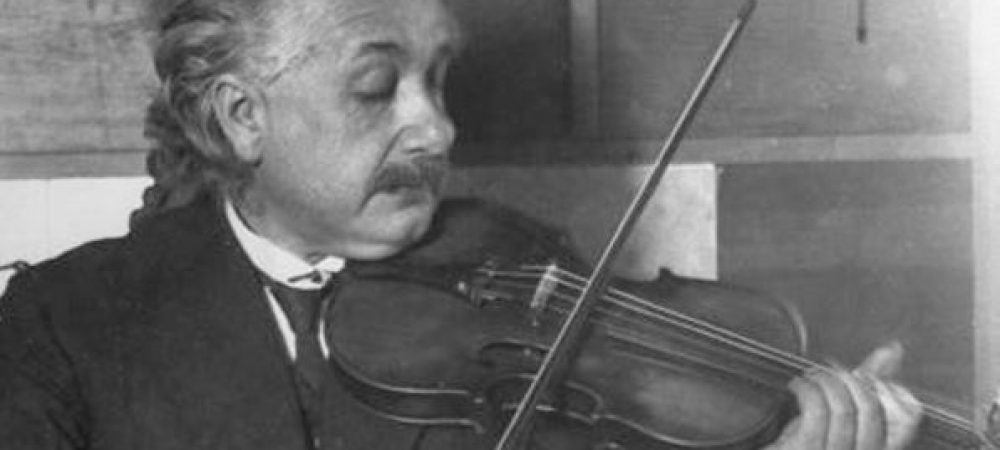
Martin Luther King, Jr.’s, “I Have a Dream” speech
Today is the fiftieth anniversary of the March on Washington for Jobs and Freedom, which brought roughly two hundred and fifty thousand men, women, and children, mostly African-American, to the nation’s capital. It’s best remembered for Martin Luther King, Jr.’s, “I Have a Dream” speech, though that was only a corner of the overall picture. W. E. B. DuBois had died the previous night in Ghana, and Roy Wilkins informed the crowd of this fact reluctantly, as he was violently opposed to DuBois’s Communist sympathies. The lineup of speakers at the march was controversial: James Baldwin was not permitted to address the crowd, and other than Josephine Baker, who made opening remarks but was not on the official program, there were no female speakers. The sound system secured for the event was itself an event. Bayard Rustin, one of the primary organizers, insisted on a system capable of being heard throughout the Mall, and he was willing to pay as much as twenty-thousand dollars for it (sound systems at comparable events cost a tenth of that). The evening before the march, saboteurs destroyed the system, which had to be rebuilt by the Army Signal Corps of Engineers. And then there was the music. Here are the day’s singers, along with footage (in some cases audio only) of their performances.
Mahalia Jackson
The Queen of Gospel fired up the crowd with a powerful pair of selections, “How I Got Over” and “I’ve Been ‘Buked and I’ve Been Scorned.” She was Rev. King’s opening act, in a sense, but she was more than that. During King’s remarks, which were originally titled “Normalcy, Never Again,” she spurred him forward with an offhanded comment (“Tell them about the dream, Martin”) that encouraged him to move off his prepared notes and into the improvised, immortal portion of his speech. Five years later, Jackson sang “Take My Hand, Precious Lord” at King’s funeral.
Marian Anderson
Anderson, who had performed at John F. Kennedy’s inauguration, was scheduled to lead the crowd in the National Anthem, but was delayed; Camilla Williams replaced her. Instead, Anderson sang just after King’s speech, selecting the spiritual “He’s Got The Whole World In His Hands.” In a sense, the performance was a return engagement for her: in 1939, after Anderson was refused permission to play Constitution Hall, Eleanor Roosevelt created an event for Anderson on the steps of the Lincoln Memorial. Here is a recording:
Joan Baez
Baez, only twenty-two at the time, sang “Oh Freedom” (also known as “Sweet Freedom”) and then led the crowd in “We Shall Overcome,” a song that became a concert staple of hers for years to come, and which she reprised in February, 2010, at the White House in front of President Obama.
Bob Dylan
Three months before the march, Dylan had released his second album, “The Freewheelin’ Bob Dylan,” which marked a huge leap forward from his début the year before; Dylan wrote eleven of the thirteen songs on “Freewheelin.” At the march, though, the songs he performed were both previews of his 1964 album “The Times They Are A-Changin’.” He sang “When the Ship Comes In” with Baez and “Only A Pawn In Their Game,” a retelling of the murder of Medgar Evers, solo.
Peter, Paul and Mary
Introduced as “a group of singers who have come to express in song what this great meeting is all about,” the trio sang Dylan’s “Blowin’ in the Wind” and Pete Seeger’s “If I Had a Hammer.”
Odetta
Odetta, who had operatic training, became one of the premier interpreters of American folk songs in the late fifties and early sixties. At the march, she sang “I’m On My Way,” the third part of the Spiritual Trilogy that closed her 1956 début.
Freedom Singers
It was a busy year for the six-member vocal group (Cordell Reagon, Bernice Johnson Reagon, Matthew Jones, Charles Neblett, and Rutha Mae Harris), who also appeared at the Newport Folk Festival. At the march, they sang “We Shall Overcome” with Baez; Dylan; Peter, Paul and Mary; and Theodore Bikel.
https://www.newyorker.com/culture/culture-desk/dream-songs-the-music-of-the-march-on-washington
